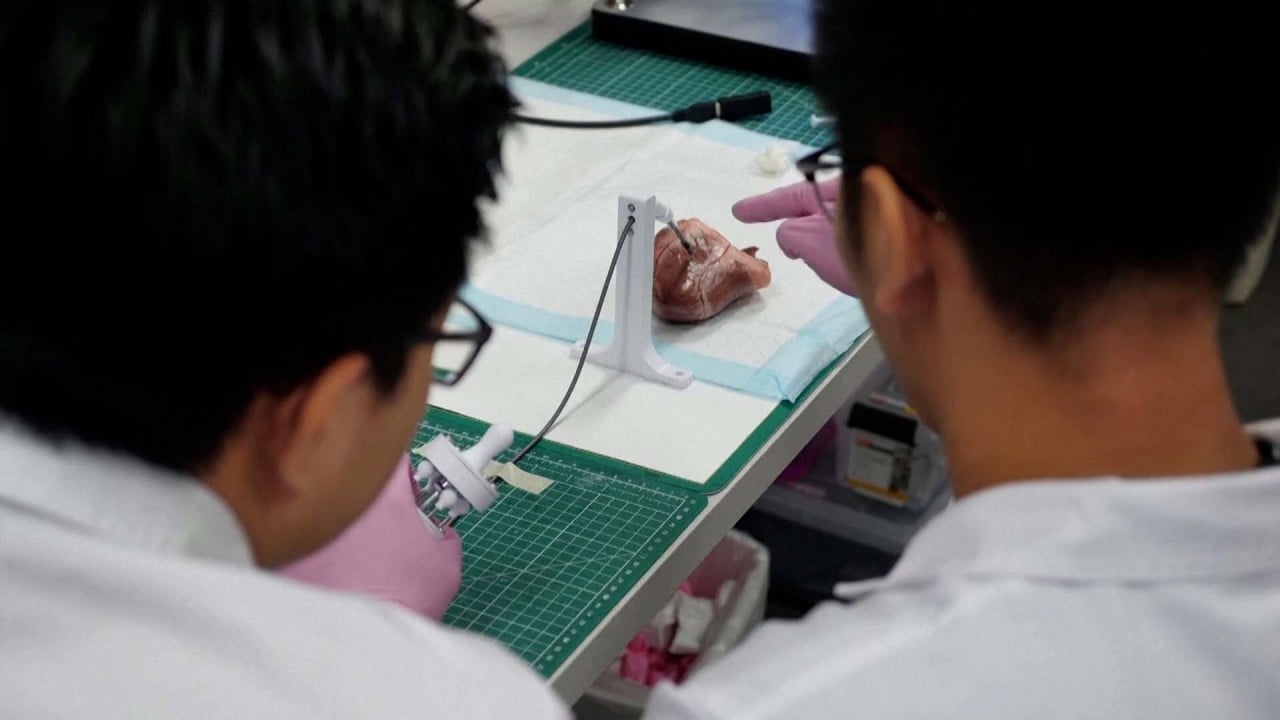However, they fear China may seize this opportunity to catch up.
“We are losing our propulsion lead to China,” he added.
But as engine manufacturing shifts from traditional methods to 3D printing, the gap is disappearing quickly.
In December 2022, GE announced a turbine centre frame made with laser 3D printing. Just one year later, Zhang’s team submitted its paper, presenting a component larger and more complex than GE’s.
It was previously considered impossible to manufacture such a large hard alloy component using a 3D printer while maintaining precision at such a fine scale.
The intermediate casing is the most important and complex load-bearing structural component of an aviation engine. It not only connects the engine’s front intake fan and the compressor but also serves as the connection between the engine and the aircraft fuselage.
The intermediate casing needs to withstand the impact of high-pressure and high-temperature gases while transmitting the engine’s thrust and torque to the aircraft. Despite being just 3mm (0.11 inch) at its thinnest point, it can bear over 10 tonnes of load, posing significant design and manufacturing challenges.
Using mainstream 3D printing technology and commercial software, Zhang’s team created a prototype that is 25 per cent lighter than traditional castings, yet strong enough to withstand impacts like bird strikes.
Laboratory tests confirm it “meets the requirements of mechanical properties, weight reduction and manufacturability”, Zhang and his colleagues wrote.
Although the current ultra-fast laser melting additive manufacturing technology has achieved a precision of 3 micrometers, the stress and deformation caused by rapid heating and cooling during the material’s melting and solidification process still pose headaches for factories.
Despite this, the researchers believe this technology will revolutionise the aviation industry in the near future.
“Hollow fan blades will no longer be confined to traditional honeycomb or truss structures but can adopt topologically optimised internal skeletons combined with lattice structures or even metamaterials. The hollowness rate can be increased to over 45 per cent, and it is expected to have better impact resistance,” wrote Zhang’s team in the paper.
By integrating design and additive manufacturing technology, pipelines and cooling channels can also be embedded into the casing to improve cooling performance, the scientists said.
“Using shape memory alloys, we can also design and manufacture smart exhaust nozzles with adaptive adjustment functions, eliminating complex mechanical structures and achieving significant structural weight reduction,” they added.


